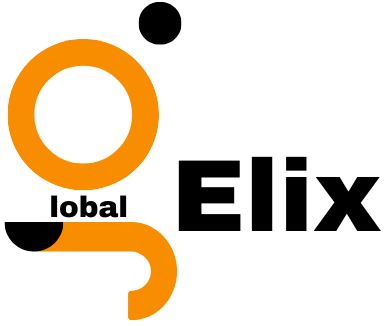In the ever-evolving realm of search engine optimization (SEO), link building continues to be a cornerstone strategy for enhancing a website’s visibility and authority. However, the days of simply amassing a multitude of links are long gone. Modern SEO demands a more refined and data-driven approach to link building. This article explores the significance of link building metrics that truly matter, delving into both traditional and contemporary aspects of this practice.
Link Building Beyond Numbers: Quality over Quantity
Gone are the days when the sheer number of links was the primary measure of a website’s authority. Search engines have grown smarter, placing a premium on the quality and relevance of links rather than their quantity. This shift is a response to the manipulation of search rankings through spammy practices, emphasizing the importance of white hat link building. White hat link building focuses on ethical and organic methods, in contrast to the black hat tactics that once plagued the SEO landscape.
White Hat Link Metrics: Measuring Relevance and Credibility
One of the key tenets of white hat link building is to prioritize relevance and credibility. The quality of websites linking to your content matters more than the sheer number of links. When assessing the value of a link, it’s essential to consider the authority of the linking domain, the context of the link, and the similarity between the linked content and your own. Tools like Moz’s Domain Authority and Ahrefs’ Domain Rating can assist in gauging the credibility of linking domains, aiding in the pursuit of high-quality links that genuinely contribute to your website’s authority.
Tracking Referral Traffic: Link Value Beyond SEO
While the primary goal of link building is to bolster SEO efforts, it’s vital to recognize that the benefits extend beyond search rankings. High-quality backlinks can drive substantial referral traffic to your site, potentially leading to increased brand visibility and engagement. This underlines the symbiotic relationship between link building and broader digital marketing strategies. By monitoring referral traffic from various sources, you can pinpoint which links are generating real value and tailor your approach accordingly.
Evaluating Anchor Text Diversity for Natural Link Profiles
Anchor text diversity plays a pivotal role in maintaining a natural and organic link profile. Diverse anchor texts—those that vary in wording and context—reflect a more authentic linking pattern. This diversity signals to search engines that your link acquisition is a result of genuine editorial decisions rather than manipulative practices. Strive for a mix of branded, generic, and keyword-rich anchor texts to foster a well-rounded link profile that aligns with white hat principles.
The Role of Contextual Relevance in Ethical Linking
Contextual relevance is a linchpin of ethical link building. Placing your links within content that is contextually related to your niche or industry enhances their value. When a link seamlessly integrates into the narrative of the content, it not only contributes to SEO but also provides value to readers, fostering a positive user experience. This alignment between the linked content and the destination page improves your website’s credibility and authority, aligning perfectly with the white hat approach.
Tools and Techniques for Comprehensive Link Building Analysis
Crafting a successful link building strategy requires a comprehensive analysis of various factors. Fortunately, a plethora of tools and techniques are available to assist in this endeavor. From backlink analysis tools like Majestic and SEMrush to content research platforms like BuzzSumo, these resources empower you to assess competitor backlinks, identify link-building opportunities, and analyze content performance. Combining these tools with a critical data-driven mindset can lead to more informed decisions and a more effective link building strategy.
In the modern landscape of SEO, the metrics that truly matter in link building are those that prioritize quality, relevance, and ethical practices. The era of chasing after sheer quantities of links is fading, giving way to a more refined approach that aligns with search engine algorithms and user expectations. By focusing on white hat link building, evaluating anchor text diversity, and understanding the importance of contextual relevance, marketers can create a link building strategy that not only boosts SEO but also enhances overall brand credibility and authority. As the digital landscape continues to evolve, a data-driven approach to link building remains an essential tool in the arsenal of every savvy SEO practitioner.
 Global Elix
Global Elix 
